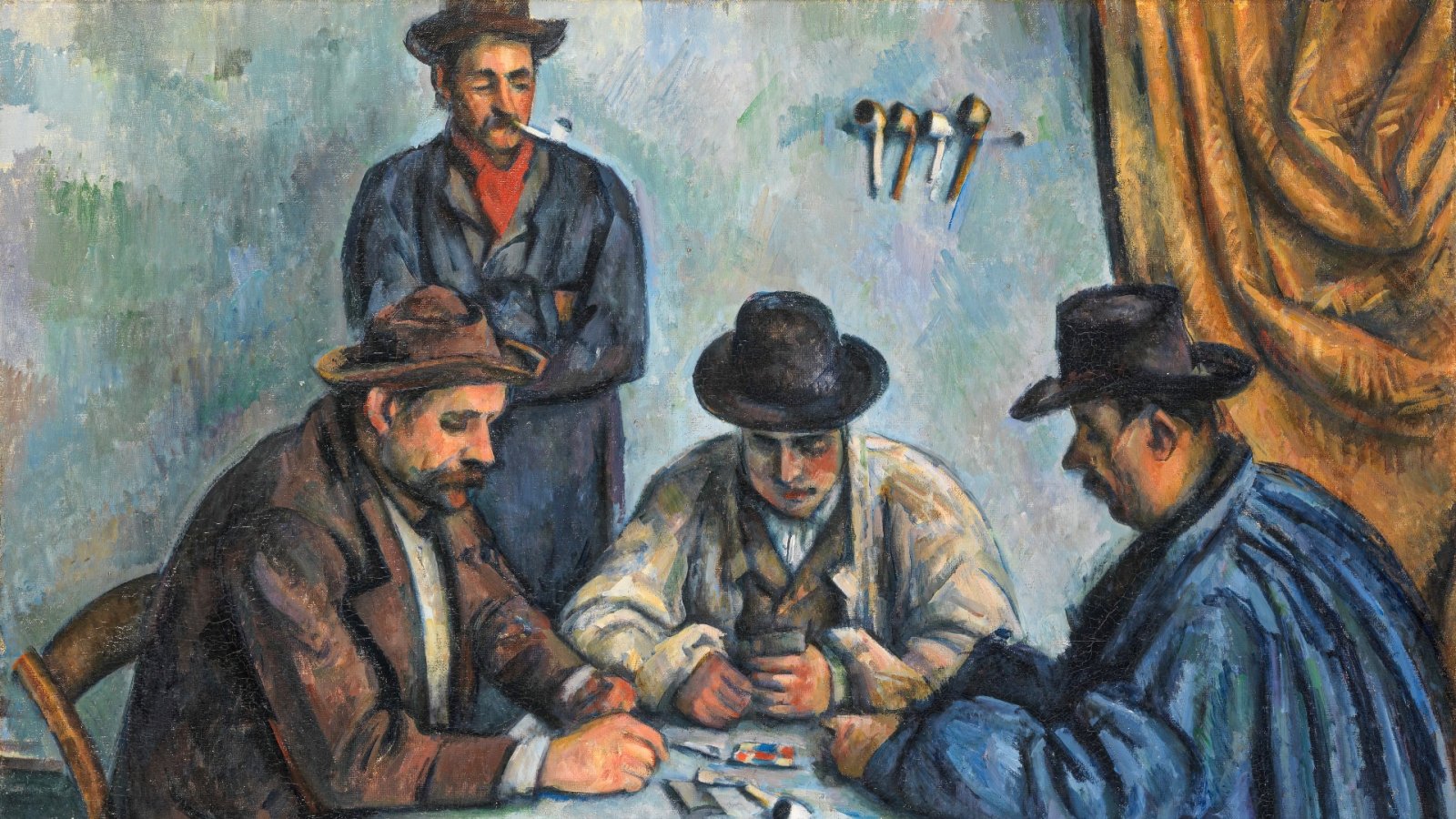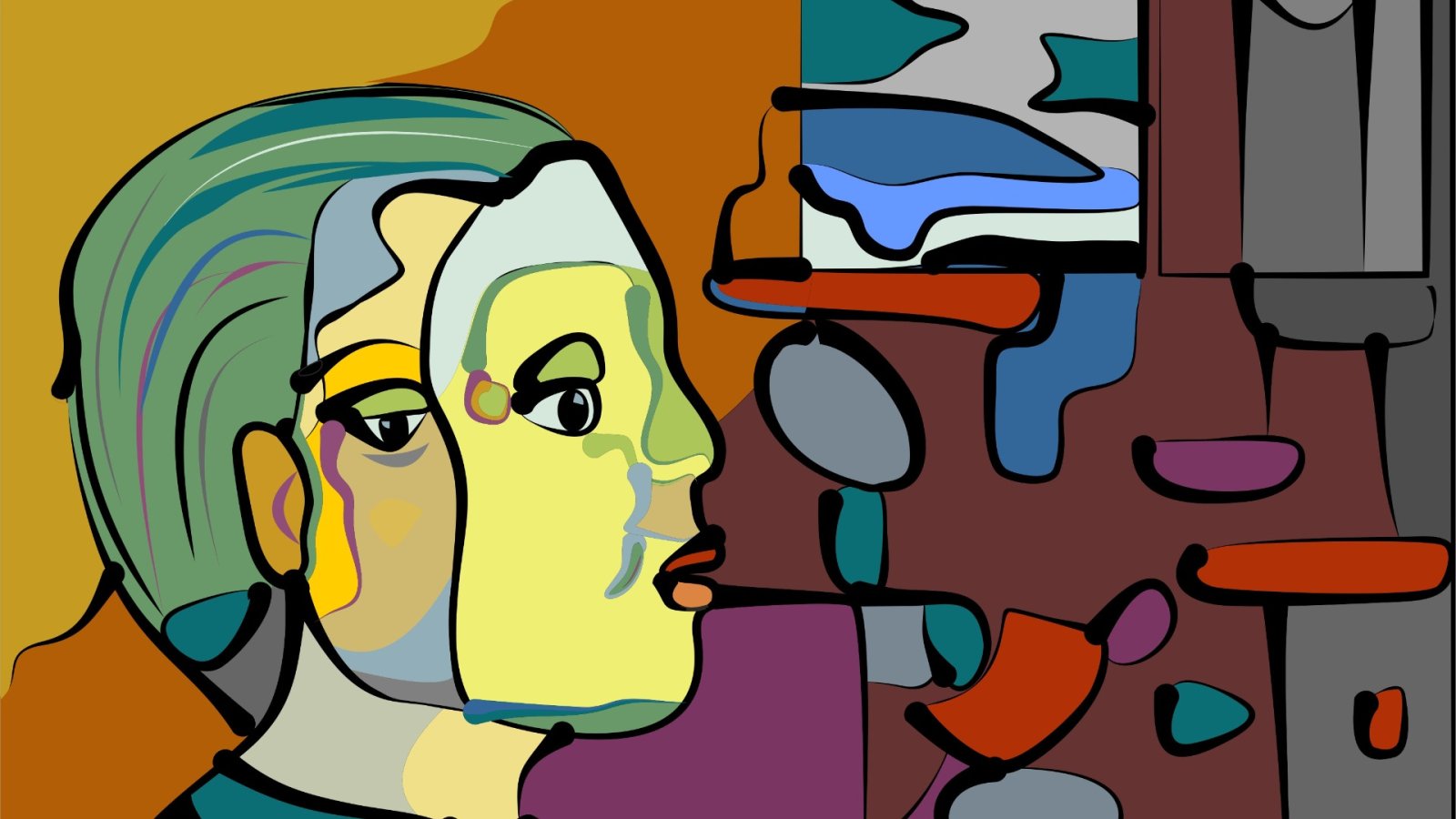Neo-Expressionism, which revitalized the Expressionist movement of the early 20th century, was characterized by a surge of unprocessed and intense emotions. It gained widespread popularity in the 1980s due to its highly subjective nature. Initially emerging in post-war Germany, this artistic phenomenon spread globally as a reaction against the minimalist and conceptual art of the 1970s. Furthermore, it opened the door for Postmodernism by challenging taboos and breaking boundaries.
In the 1980s, the Neo-Expressionist movement captivated the art market with its aggressive execution style, raw primitivism, sensuality, and intense emotion. Works by artists from France, Germany, and the United States fetched millions at auctions. They painted on any available surface to convey social protest, expression, and rage using bright colors and multicomponent textures. This movement reflected the frenetic societal changes and the economic boom of the era. However, the movement's roots can be traced back to the aftermath of World War II. Georg Baselitz revived German Expressionism, which had been labeled "degenerate art" by the Nazis. His work laid the groundwork for the Neo-Expressionist movement, allowing a new generation of German artists to explore issues of art and national identity in the post-war years.
Baselitz's formative years as an artist were shaped by his brief stint in Communist East Berlin's officially sanctioned Social Realism movement. However, his exposure to Abstract art in West Berlin led him to place the human figure back in the center of painting, elevating a previously dismissed genre to the mainstream. In 1963, Baselitz's exhibition in West Berlin shocked audiences and was eventually dismantled due to the perceived indecency of some paintings depicting nudity and masturbation. Despite the initial backlash, the show proved to be a turning point for the Neo-Expressionist movement, and a decade later, Baselitz was hailed as its leading figure in Germany.
By the 1980s, the revival of raw and sensual painting had become a global phenomenon. The minimalism and conceptualism that had previously dominated the art scene were replaced by impasto strokes of vibrant color, as artists around the world explored expressive avenues. Drawing on mythology, culture, history, nationalism, and eroticism, the Neo-Expressionists harnessed art's redemptive power in a punk movement that often divided opinions.
What’s more, in the 1980s, Julian Schnabel and Jean-Michel Basquiat emerged as icons of a new artistic wave in the United States. Their self-styled primitive personas were embraced by the decadent and upscale art world, including Andy Warhol, who was a passionate admirer of Basquiat's work. While each Neo-Expressionist movement around the world had its own unique style, they all shared a common thread of reflecting passionate emotions and causes.
In Germany, where the movement was known as Neue Wilden (New Fauves), the roots of emotion and deeper meaning were particularly powerful. Following World War II, Germany was searching for a national identity, and the shift towards Expressionism reflected this societal change. Artists such as Georg Baselitz and Markus Lupertz sought to overcome the legacy of the Nazis through their work, while Anselm Kiefer's emotionally charged paintings provided powerful tools for reflection. Politics and social commentary were unavoidable in post-war Germany, and Jorg Immendorff's work addressed the problems of a divided country in a highly political manner.
Neo-Expressionism in Italy was known as Transavanguardia, which means "beyond the Avant-Garde." It aimed to move away from the minimalism of the preceding Arte Povera movement. The use of parody distinguished Transavanguardia from its Neo-Expressionist peers, as can be seen in Sandro Chia's "mock-heroic" works. Francesco Clemente, the movement's most well-known artist, drew inspiration from international styles after living in India and New York.
In the United States, war, conflict, and collective identity were not central themes in Neo-Expressionism. Instead, a group of New York artists, including Eric Fischl, Julian Schnabel, and Basquiat, created highly personal and expressive works that focused on their own experiences. During a time of great prosperity, this group became the most recognizable artists associated with the Neo-Expressionist movement, as their works commanded astonishing prices at auctions.






